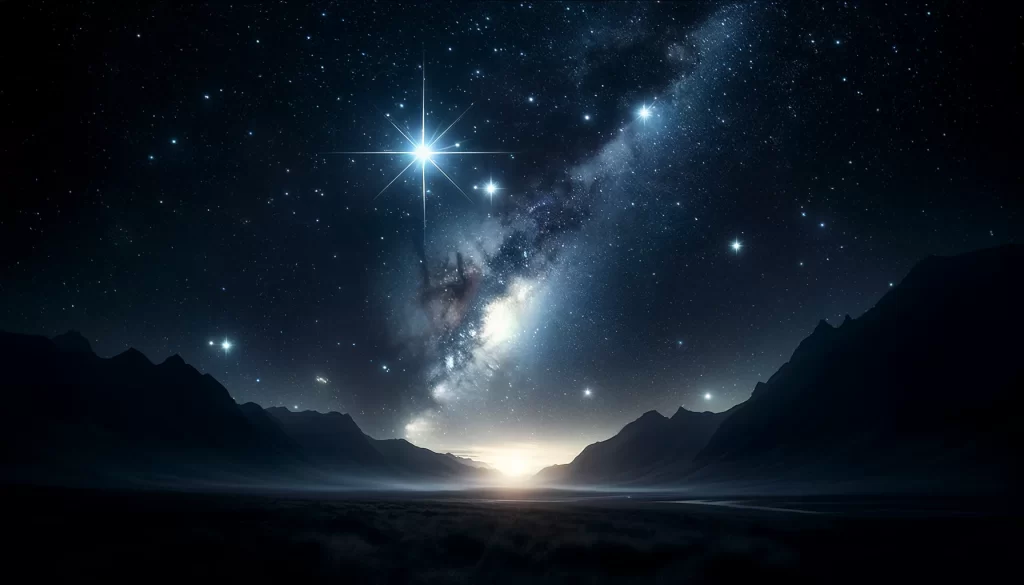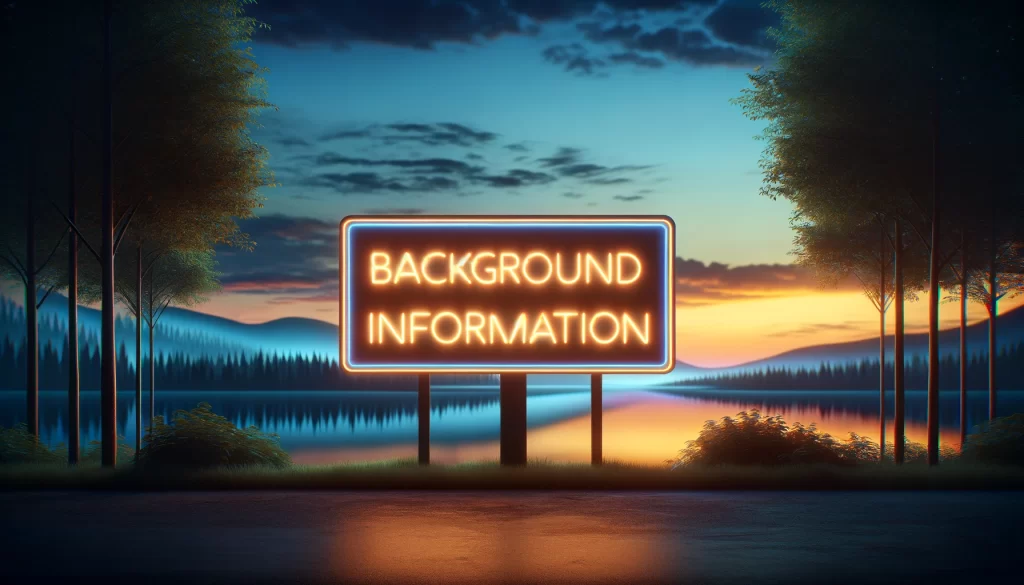Let’s explore the fascinating story of T Coronae Borealis (T CrB), also known as the ‘Firework Star,’ which is about to put on a celestial show from 3,000 light-years away.
The Once-in-a-Lifetime Opportunity
Every 80 years, a unique event takes place in the cosmos that allows us to see a star system, usually hidden from our sight, with our very own eyes. T CrB last made its dramatic entrance into our night sky back in 1946. Now, astronomers are eagerly anticipating its return, expected between February and September 2024. This rare event is called a nova outburst, and T CrB is about to dazzle us once again.
From Invisible to Unmissable
Under normal conditions, T CrB is a modest star system with a brightness level, or magnitude, of +10, making it invisible to the naked eye. However, during a nova outburst, its brightness will skyrocket to magnitude +2, matching the luminosity of Polaris, the famous North Star. This sudden brilliance will make T CrB stand out in the night sky, offering a spectacular view for several days, and with binoculars, you might catch it for just over a week.
Preparing for the Show
As we await this extraordinary event, there’s something you can do to get ready. Start by locating the constellation Corona Borealis, also known as the Northern Crown. This constellation forms a small, semicircular arc and lies near the constellations Bootes and Hercules. T CrB will appear within Corona Borealis as a bright, “new” star during its outburst, adding a temporary jewel to the Northern Crown.

The Science Behind the Spectacle
You might be wondering why this happens. T CrB is not just any star, but a binary system comprising a white dwarf and a red giant. These two stars are so close together that the white dwarf can pull material from the red giant as it sheds its outer layers. This material builds up on the white dwarf’s surface until the pressure and heat trigger a runaway thermonuclear reaction, resulting in the brilliant nova outburst we see from Earth. This incredible process is rare, with T CrB being one of only five recurring novae in our galaxy.
This article is based on the following article:
https://blogs.nasa.gov/Watch_the_Skies/2024/02/27/view-nova-explosion-new-star-in-northern-crown/

Background Information
With this background information, the event involving T Coronae Borealis becomes not just a fascinating spectacle but also a window into the workings of our universe. It highlights the dynamic and ever-changing nature of the cosmos, offering both a spectacular show and a valuable lesson in astronomy.
1. Light-Years Explained
A light-year is a unit of distance used in astronomy to describe how far light travels in one year. Since light moves at a speed of about 300,000 kilometers per second (186,411 miles per second), a light-year equals nearly 9.461 trillion kilometers (about 5.879 trillion miles). When we say T CrB is 3,000 light-years away, it means the light we see from it today actually left the star 3,000 years ago.
2. Understanding Magnitude
The brightness of stars and other celestial objects is measured in magnitudes, with a system that might seem a bit backward at first glance. The lower the number, the brighter the object. For example, a star with a magnitude of +1 is brighter than a star with a magnitude of +2. The scale also includes negative numbers; for instance, the sun has a magnitude of about -27, which is extremely bright. So, when T CrB jumps from magnitude +10 to +2, it’s moving from invisible to the naked eye to as bright as some of the stars we commonly see at night.
3. Novas and Supernovas
A nova occurs in a binary star system where one star is a white dwarf and the other is a larger companion star, often a red giant. Material from the larger star accumulates on the surface of the white dwarf until it undergoes a thermonuclear explosion, briefly increasing the system’s brightness dramatically. A supernova, on the other hand, is a much more violent explosion marking the end of a star’s life cycle and can briefly outshine an entire galaxy.
4. Binary Star Systems
Many stars in the universe are part of binary systems, meaning two stars that orbit a common center of mass. The dynamics of these systems, especially those involving white dwarfs and red giants, can lead to various phenomena, including novas. Understanding binary systems is key to comprehending how novas like the one expected from T CrB occur.
5. White Dwarfs and Red Giants
A white dwarf is a small, dense remnant of a star that has exhausted most of its nuclear fuel. A red giant is a star in a later life stage, having expanded and cooled after using up its hydrogen fuel. The interaction between these two types of stars in a binary system can lead to the accumulation of material on the white dwarf, ultimately causing a nova explosion.
6. Constellations and Their Significance
Constellations are patterns of stars in the sky, often named after mythological characters, animals, or objects. While these patterns have no physical significance, they help astronomers and stargazers navigate the night sky. Knowing the constellations can help you find specific stars, planets, or events, like the nova outburst of T CrB in the constellation Corona Borealis.
Please subscribe to Insight Fortnight, our biweekly newsletter!
